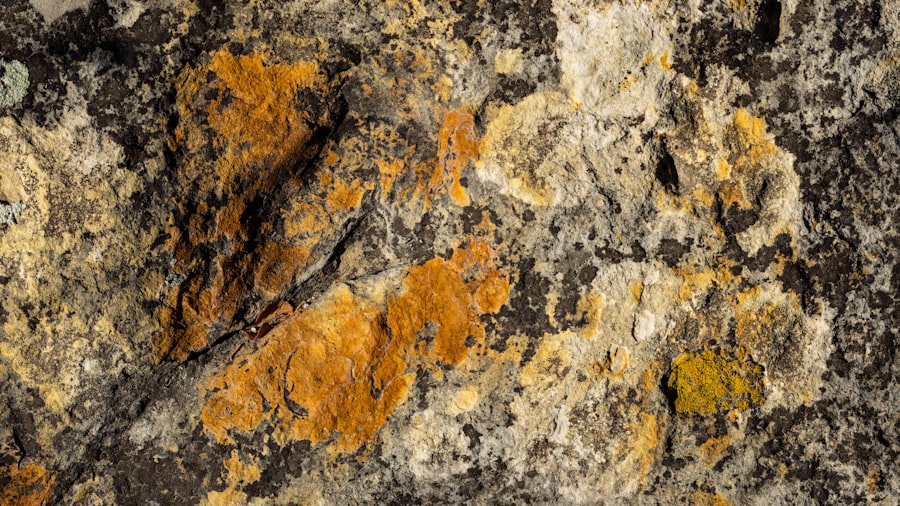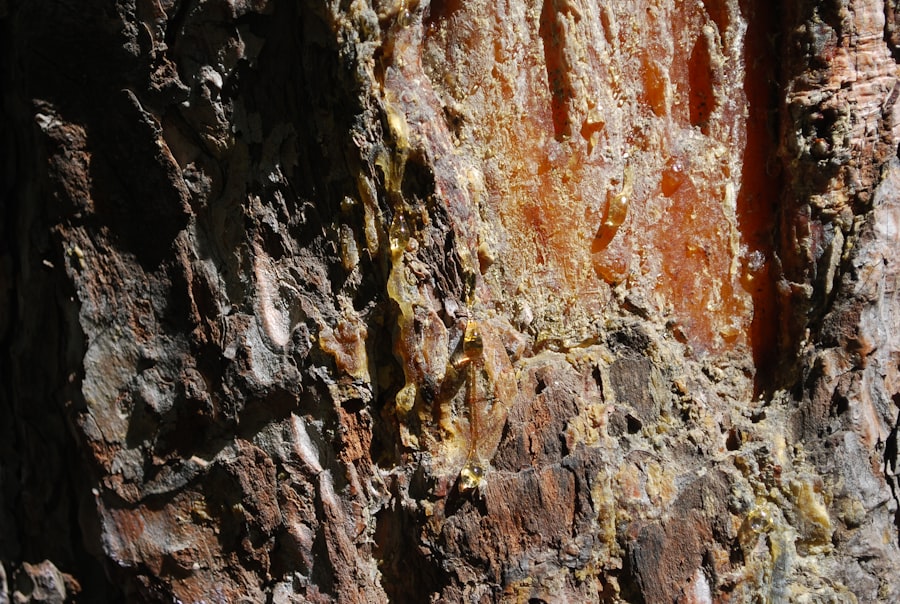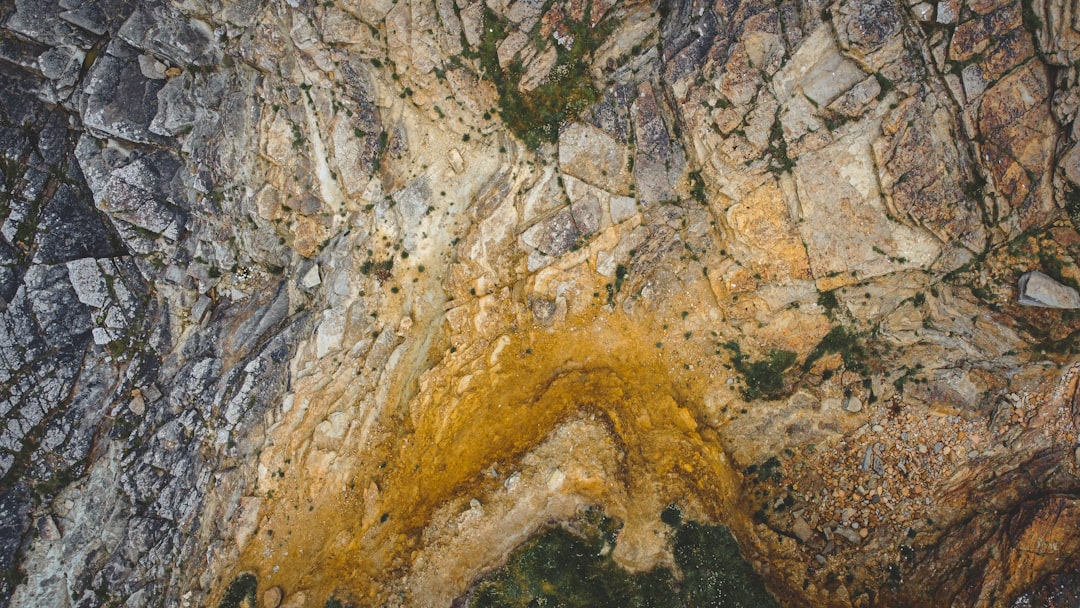The Yellowstone Mantle Plume is a geological phenomenon that has captivated scientists and the public alike for decades. This massive plume of hot, molten rock rises from deep within the Earth’s mantle, creating a hotspot beneath the Yellowstone National Park region in the United States. The plume is responsible for the park’s unique geothermal features, including geysers, hot springs, and volcanic activity.
Understanding the Yellowstone Mantle Plume is crucial not only for comprehending the geological history of the area but also for assessing potential hazards associated with its activity. The significance of the Yellowstone Mantle Plume extends beyond its immediate geological implications. It serves as a window into the dynamic processes occurring within the Earth’s interior.
The Yellowstone Mantle Plume is not just a local phenomenon; it is part of a larger narrative about how the Earth functions and evolves over geological time scales.
Key Takeaways
- The Yellowstone Mantle Plume is a hot upwelling of rock beneath the Earth’s surface that fuels volcanic and geothermal activity in the Yellowstone National Park region.
- Mantle plumes are believed to form from deep-seated convection currents in the Earth’s mantle, and they can create hotspots of volcanic and geothermal activity on the planet’s surface.
- The Yellowstone Mantle Plume follows a path from the Earth’s mantle through the crust, creating a track of volcanic and geothermal features in the Yellowstone region.
- The mantle plume has had a significant impact on the geological features of Yellowstone National Park, including the formation of the park’s iconic geysers, hot springs, and other thermal features.
- The mantle plume has been associated with ongoing volcanic activity and eruptions in the Yellowstone region, and it also contributes to the park’s geothermal activity and seismic events.
Formation and Characteristics of Mantle Plumes
Mantle plumes are thought to form due to the upwelling of hot material from deep within the Earth’s mantle. This material, which is less dense than the surrounding rock, rises through the mantle and can create a variety of geological features as it interacts with the Earth’s crust. The Yellowstone Mantle Plume is characterized by its immense size and heat, making it one of the most studied plumes in the world.
It is believed to have originated over 2 million years ago and has played a significant role in shaping the geology of the region. The characteristics of mantle plumes can vary significantly depending on their location and the geological context in which they exist. In the case of Yellowstone, the plume is associated with a series of volcanic eruptions and geothermal features that have developed over millennia.
The heat generated by the plume causes melting in the crust, leading to the formation of magma chambers and volcanic activity. This process not only creates spectacular landscapes but also contributes to the ongoing evolution of the Earth’s surface.
Path of the Yellowstone Mantle Plume

The path of the Yellowstone Mantle Plume is a subject of considerable interest among geologists. It is believed that this plume has remained relatively stationary while the North American tectonic plate has moved over it. This movement has resulted in a series of volcanic eruptions that have occurred at different locations over time, creating a chain of calderas and volcanic features across the region.
The most recent major eruption occurred approximately 640,000 years ago, forming the Yellowstone Caldera. As the North American plate continues to drift southwestward, it carries with it evidence of past volcanic activity. The trail left by the plume can be traced through various geological formations, including lava flows and ash deposits.
This path not only provides insight into the history of volcanic activity in the region but also helps scientists understand how mantle plumes interact with tectonic plates over geological time scales.
Impact of the Mantle Plume on Yellowstone National Park
| Aspect | Details |
|---|---|
| Volcanic Activity | Increased volcanic activity in the form of geysers and hot springs |
| Geological Features | Formation of the Yellowstone Caldera and various geothermal features |
| Ecological Impact | Altered landscape and habitats for flora and fauna |
| Tourism | Increased tourism due to unique geological features |
The impact of the Yellowstone Mantle Plume on Yellowstone National Park is profound and multifaceted. The park is home to an array of geothermal features that are direct manifestations of the underlying mantle plume. Geysers like Old Faithful and hot springs such as Grand Prismatic Spring are not only popular tourist attractions but also serve as important indicators of geothermal activity driven by the plume.
These features contribute to the park’s unique ecosystem, supporting diverse flora and fauna that thrive in these heated environments. Moreover, the presence of the mantle plume has shaped the park’s geological landscape, creating dramatic topographical features such as mountains, valleys, and calderas. The interplay between volcanic activity and erosion has resulted in a dynamic landscape that continues to evolve.
The park’s geological history is intricately linked to the activities of the mantle plume, making it a living laboratory for studying geological processes.
Geological Features and Hotspot Activity
The geological features associated with the Yellowstone Mantle Plume are diverse and striking. The park boasts an impressive array of geothermal phenomena, including fumaroles, mud pots, and steam vents, all of which are fueled by heat from the underlying mantle plume. These features are not only visually stunning but also provide valuable information about subsurface conditions and geothermal processes.
Hotspot activity in Yellowstone is characterized by periodic eruptions and ongoing geothermal manifestations. The interaction between rising magma and groundwater leads to explosive geysers and bubbling hot springs. This activity is a testament to the dynamic nature of the Earth’s crust in this region, where heat from deep within the mantle influences surface processes in profound ways.
The study of these geological features allows scientists to better understand not only Yellowstone but also other hotspot regions around the world.
Volcanic Activity and Eruptions

Volcanic activity in Yellowstone has been both frequent and varied throughout its history. The most significant eruptions have produced vast amounts of ash and lava, reshaping the landscape and leaving behind extensive deposits that tell a story of explosive volcanic events. The last major eruption occurred around 640,000 years ago, resulting in the formation of a massive caldera that remains a focal point for research today.
In addition to these large-scale eruptions, smaller volcanic events have occurred more recently, contributing to ongoing geological changes in the area. These eruptions can be accompanied by seismic activity, which serves as an important indicator of potential volcanic unrest. Monitoring these events is crucial for understanding when and how future eruptions might occur, as well as for assessing their potential impact on both natural ecosystems and human populations.
Geothermal Activity and Hot Springs
Geothermal activity in Yellowstone is one of its most defining characteristics, driven primarily by heat from the Yellowstone Mantle Plume. The park contains more than half of the world’s active geysers, along with numerous hot springs that attract millions of visitors each year. These geothermal features are not only beautiful but also serve as indicators of subsurface heat flow and hydrothermal processes.
Hot springs like Mammoth Hot Springs showcase unique mineral formations created by thermophilic microorganisms that thrive in extreme temperatures. The vibrant colors seen in these springs are a result of microbial life adapting to varying temperatures and chemical compositions. This geothermal activity plays a crucial role in shaping local ecosystems, providing habitats for specialized organisms that rely on these unique conditions for survival.
Seismic Activity and Earthquakes
Seismic activity in Yellowstone is closely monitored due to its connection with both volcanic activity and tectonic processes. The region experiences thousands of earthquakes each year, most of which are minor and go unnoticed by visitors. However, larger seismic events can occur, often serving as precursors to volcanic eruptions or indicating shifts in subsurface magma movement.
The study of seismic data helps scientists understand how stress accumulates along faults and how it relates to volcanic processes associated with the Yellowstone Mantle Plume. By analyzing patterns in seismic activity, researchers can gain insights into potential hazards and improve early warning systems for future eruptions or significant earthquakes.
Potential Hazards and Risks
The potential hazards associated with the Yellowstone Mantle Plume are significant and warrant careful consideration. While large-scale eruptions are infrequent, their consequences could be catastrophic, affecting air quality, climate patterns, and human populations far beyond the park’s boundaries. The ash produced during an eruption could disrupt air travel and agriculture across vast regions.
In addition to volcanic eruptions, other risks include hydrothermal explosions caused by sudden pressure changes in geothermal systems. These events can occur without warning and pose threats to visitors and wildlife alike. Understanding these risks is essential for effective management strategies within Yellowstone National Park, ensuring both visitor safety and environmental protection.
Scientific Research and Monitoring of the Mantle Plume
Scientific research on the Yellowstone Mantle Plume has been ongoing for decades, involving geologists, volcanologists, seismologists, and other experts from various fields. Monitoring efforts include seismic networks that track earthquake activity, GPS stations that measure ground deformation, and satellite imagery that provides insights into surface changes over time. This multidisciplinary approach allows scientists to build a comprehensive understanding of how the mantle plume operates and its implications for both geology and ecology in Yellowstone National Park.
Ongoing research efforts aim to refine models predicting future volcanic activity while enhancing public awareness about potential hazards associated with this dynamic geological feature.
Future Implications and Predictions for the Yellowstone Mantle Plume
Looking ahead, predictions regarding the future behavior of the Yellowstone Mantle Plume remain complex due to its unpredictable nature. While scientists can identify patterns based on historical data, many variables influence volcanic systems that make precise forecasting challenging. Continued monitoring will be essential for detecting signs of unrest or changes in geothermal activity.
As research progresses, there may be advancements in technology that enhance monitoring capabilities or improve predictive models for volcanic eruptions associated with mantle plumes like Yellowstone’s. Understanding these dynamics will not only contribute to public safety but also deepen humanity’s appreciation for one of nature’s most powerful forces at work beneath our feet.
In recent studies, the path and impact of the Yellowstone mantle plume have garnered significant attention due to their implications for understanding volcanic activity and geological transformations. An intriguing article on this topic can be found on Freaky Science, which delves into the intricate dynamics of mantle plumes and their role in shaping the Earth’s surface. This article provides a comprehensive overview of the latest research findings and theories, offering valuable insights into the geological processes at play beneath Yellowstone. For more detailed information, you can read the full article on the Freaky Science website by following this link.
WATCH THIS! The Earth is Trying to Swallow North America: The Unstoppable Geological Disaster
FAQs
What is a mantle plume?
A mantle plume is a column of hot rock that rises from deep within the Earth’s mantle. It is believed to be a source of volcanic activity and can lead to the formation of features such as hotspots and volcanic islands.
What is the Yellowstone mantle plume?
The Yellowstone mantle plume is a hot upwelling of rock beneath the Yellowstone National Park in the United States. It is thought to be the source of the park’s geothermal activity and supervolcano.
What is the path of the Yellowstone mantle plume?
The Yellowstone mantle plume is believed to originate from the core-mantle boundary and rise through the mantle to the Earth’s crust beneath the Yellowstone National Park.
What impact does the Yellowstone mantle plume have?
The Yellowstone mantle plume is responsible for the geothermal features in the park, such as geysers and hot springs. It also poses a potential volcanic hazard due to the presence of the Yellowstone supervolcano.
Is the Yellowstone mantle plume currently active?
Yes, the Yellowstone mantle plume is considered to be active, as evidenced by the ongoing geothermal activity in the park. However, there is no indication that a volcanic eruption is imminent.
